SEO vs SEM : What’s the Difference?
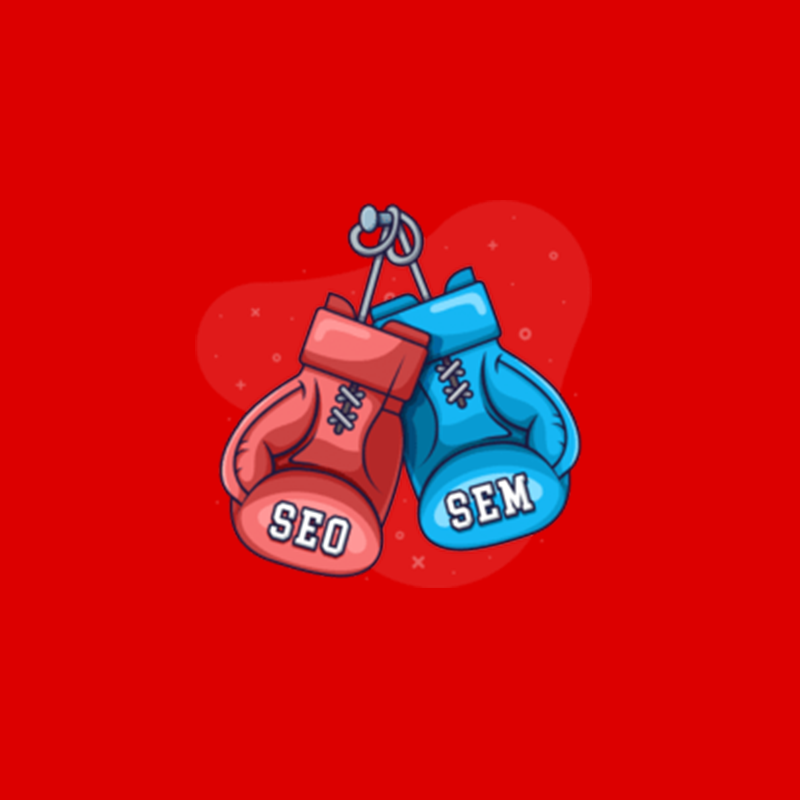
SEO vs SEM : What’s the Difference and Why Should You Care?
- 1 SEO vs SEM : What’s the Difference and Why Should You Care?
- 2 What is SEO?
- 3 What is PPC?
- 4 What is SEM?
- 5 Should you use SEO, PPC, or both?
Almost all search engines like google and bing have 2 types of search results. First Paid & 2nd Organic.
Paid Result show up when companies pay google or bing for clicks.
Organic results are the ones that these search engines like google and bing categories as most relevant for the query or search words or the keywords, technically speaking.

Business owners can increase website traffic by appearing in organic and paid results using SEO and PPC.
In this guide, we cover when and how to use SEO, PPC, or both for a more comprehensive search engine marketing (SEM) strategy.
But first, let’s cover the basics.
What is SEO?
SEO
(Search Engine Optimization) is the practice of optimizing content to be discovered through a search engine’s organic results.
Google and other search engines look at hundreds of factors to decide which pages to rank for queries. Nobody knows what all of these factors are, but the most important ones are roughly divided into three buckets:
On-page SEO
On-page SEO is the practice of optimizing individual web pages.
Examples of on-page tactics include:
- Matching search intent
- Covering a topic in-depth
- Using short and descriptive URLs
- Writing enticing title tags and meta descriptions
- Using descriptive alt tags for images (where appropriate)
- Writing simple and easy to read content
- Including keywords in important places
Off-page SEO
Off-page SEO is anything done outside of a website to improve its rankings.
Examples of off-page tactics include:
- Getting backlinks from relevant and authoritative websites
- Earning brand mentions
- Building citations*
- Optimizing your Google My Business listing*
- Earning positive reviews*
SIDENOTE.:Those marked with (*) are mainly important for local business SEO
Technical SEO
Technical SEO involves making technical changes to help search engines crawl, index, and rank content more efficiently.
Examples of technical optimizations include:
- Improving page speed
- Using canonical tags to prevent duplicate content
- Using hreflang tags for multilingual content
- Optimizing robots.txt for crawl efficiency
- “Noindexing” thin content
What is PPC?
PPC (Pay Per Click) is a form of advertising where businesses pay for website clicks from popular platforms like search engines.
For example, clicking this ad in Google costs Apple money:

What is SEM?
SEM (Search Engine Marketing) is a broad term that encompasses SEO and PPC.
SIDENOTE: Not everyone agrees with this definition. Some see SEM as synonymous with PPC.
Should you use SEO, PPC, or both?
Knowing what we now know about search engine marketing, it’s easy to jump to the conclusion that SEO is the way forward because organic traffic is free, consistent, and passive.
This isn’t always the case.
Sometimes SEO works best; other times PPC is the better option. And sometimes, it makes the most sense to use both marketing strategies at the same time.
Below are four ways to use SEO, PPC, or both for maximum search engine visibility and traffic.
- Run ads for keywords that are too competitive
- Use PPC and SEO for ad-heavy keywords
- Use SEO for informational keywords
- Use SEO and PPC to monopolize the search results
1. Run ads for keywords that are too competitive
It can take years to rank for some keywords.
For example, if you have a new supplement store and want to rank for “buy protein powder,” your chances of ranking in the short-to-medium term are slim.
This is because you’re going up against established brands like Amazon, Walmart, and GNC.
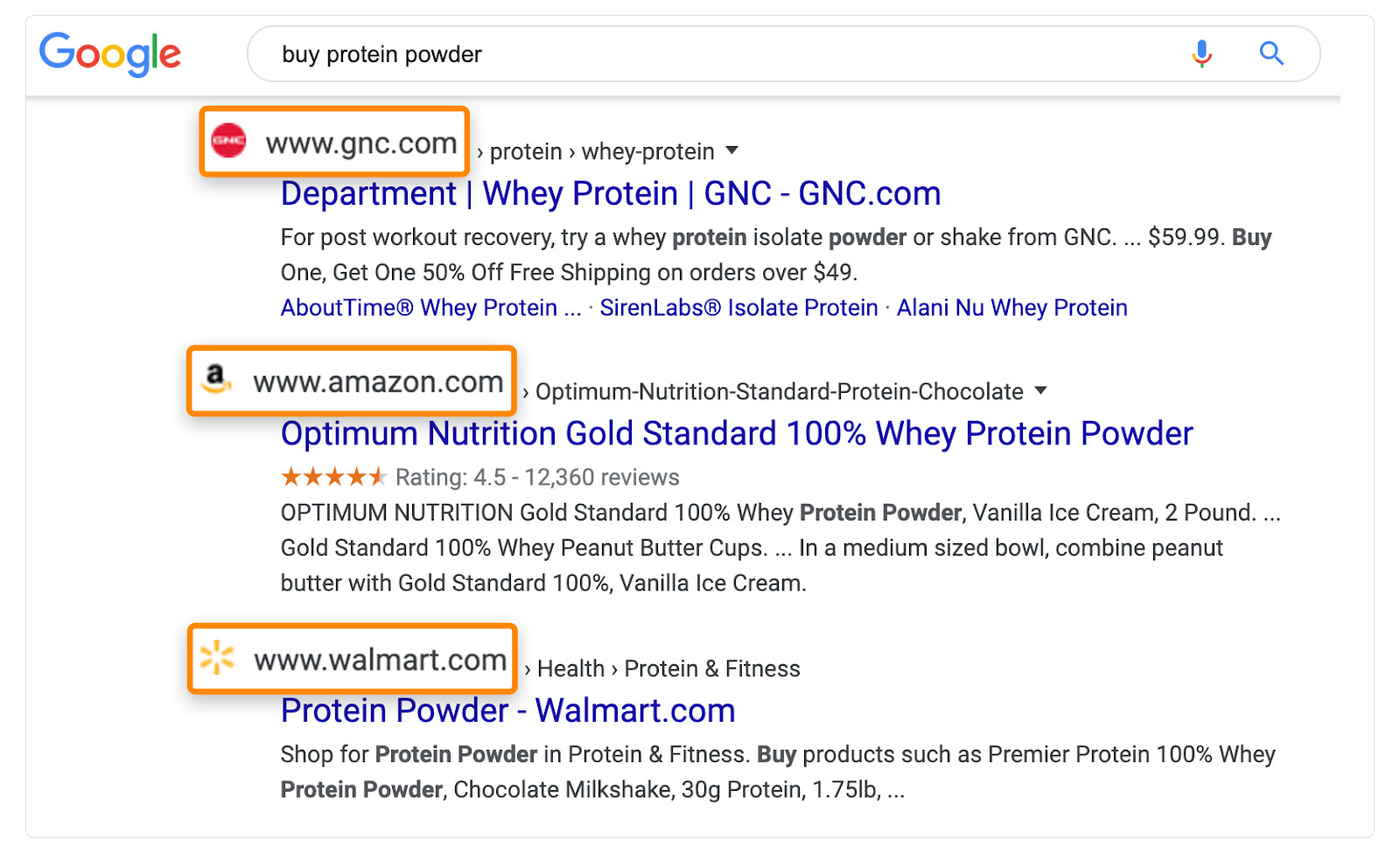
But this doesn’t mean you should abandon SEO and just run ads.
Since ranking for competitive queries will likely be a long-play, there are a few benefits to using PPC while working to rank your pages.
a) You can generate revenue immediately
Paid traffic is instant. It can be turned on or off with the click of a button.
Send that traffic to a relevant page optimized for conversions, and you can make sales in minutes.
Just remember that revenue isn’t the same thing as profit.
If you sell a product for $10, pay $1 per click, and convert at 20%, you’re turning every ad dollar spent into two.

But if your product costs $6 to make, you’re losing money.

There are two ways to fix this without increasing the price of your product:
- Increase your conversion rate
- Decrease your cost per click (CPC)
Achieving both of these can take months, so be prepared to lose dollars while you tweak campaigns and pages to work for you.
b) You can test and optimize for conversions
Most ad platforms have conversion tracking features. They know that if publishers see a positive return on their ad spend, they’ll keep spending.
Use this as an opportunity to gain insights on the average cost per conversion and run controlled tests to improve your conversion rate. As you start producing profit from your ads, scale-out to other platforms (e.g., Bing ads).
c) You can get valuable keyword data
The “Search terms” report in Google Ads shows conversion data for the keywords you’re bidding on.
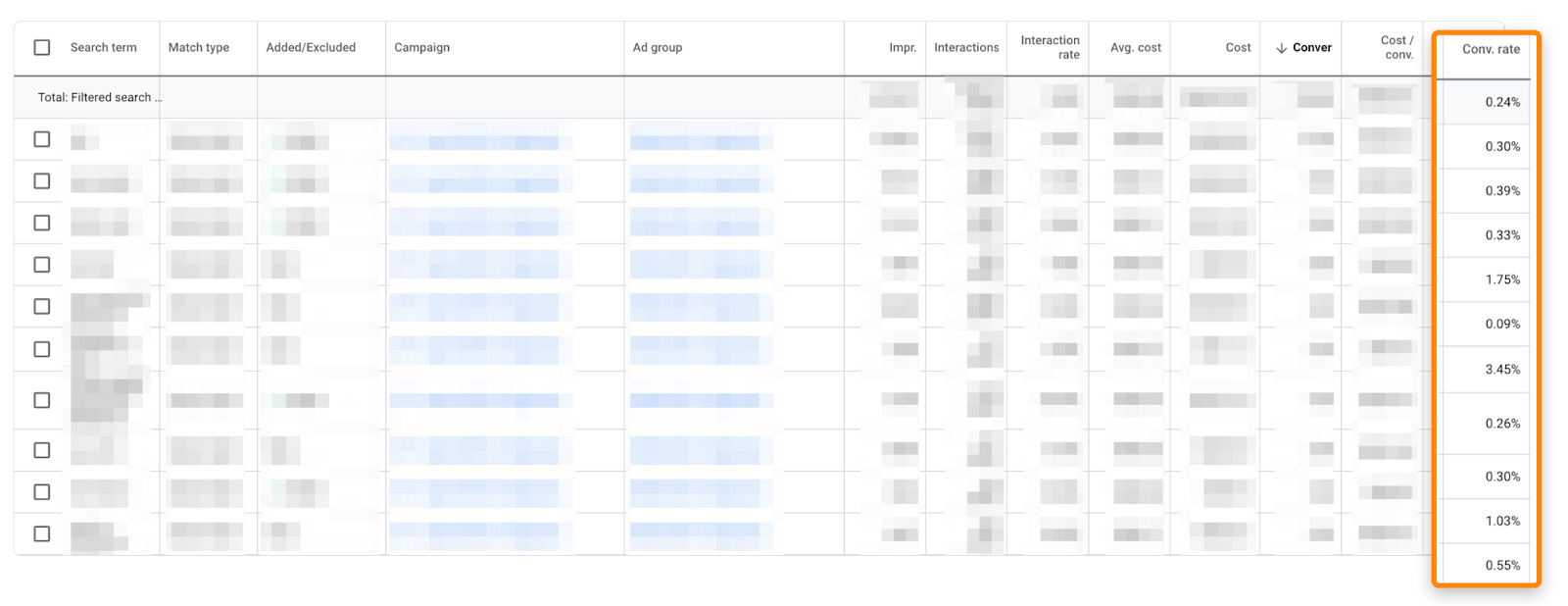
Use this to find high-converting keywords to target with SEO.
For example, let’s say that you sell protein powder.
Bidding on a popular keyword like “protein powder” might result in tons of clicks but low conversions. For a more specific query like “grass fed whey protein,” you might get fewer clicks but more conversions.
So here’s what you can do:
Export the search terms report from Google Ads, filter for profitable ones, then paste them into Ahrefs’ Keywords Explorer to pull their SEO metrics. Next, sort by Keyword Difficulty to find those that are probably easiest to rank for organically.
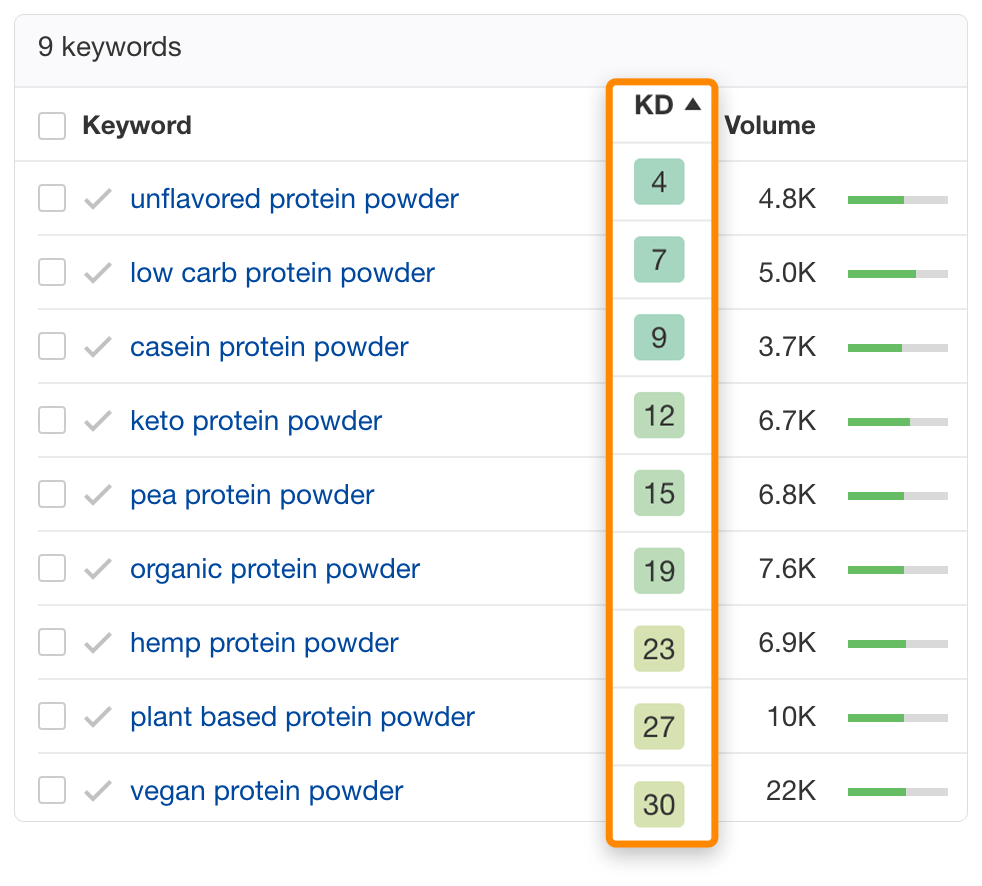
2. Use PPC and SEO for ad-heavy keywords
Profitable keywords tend to attract lots of advertisers.
Just look at the results for “car insurance”:
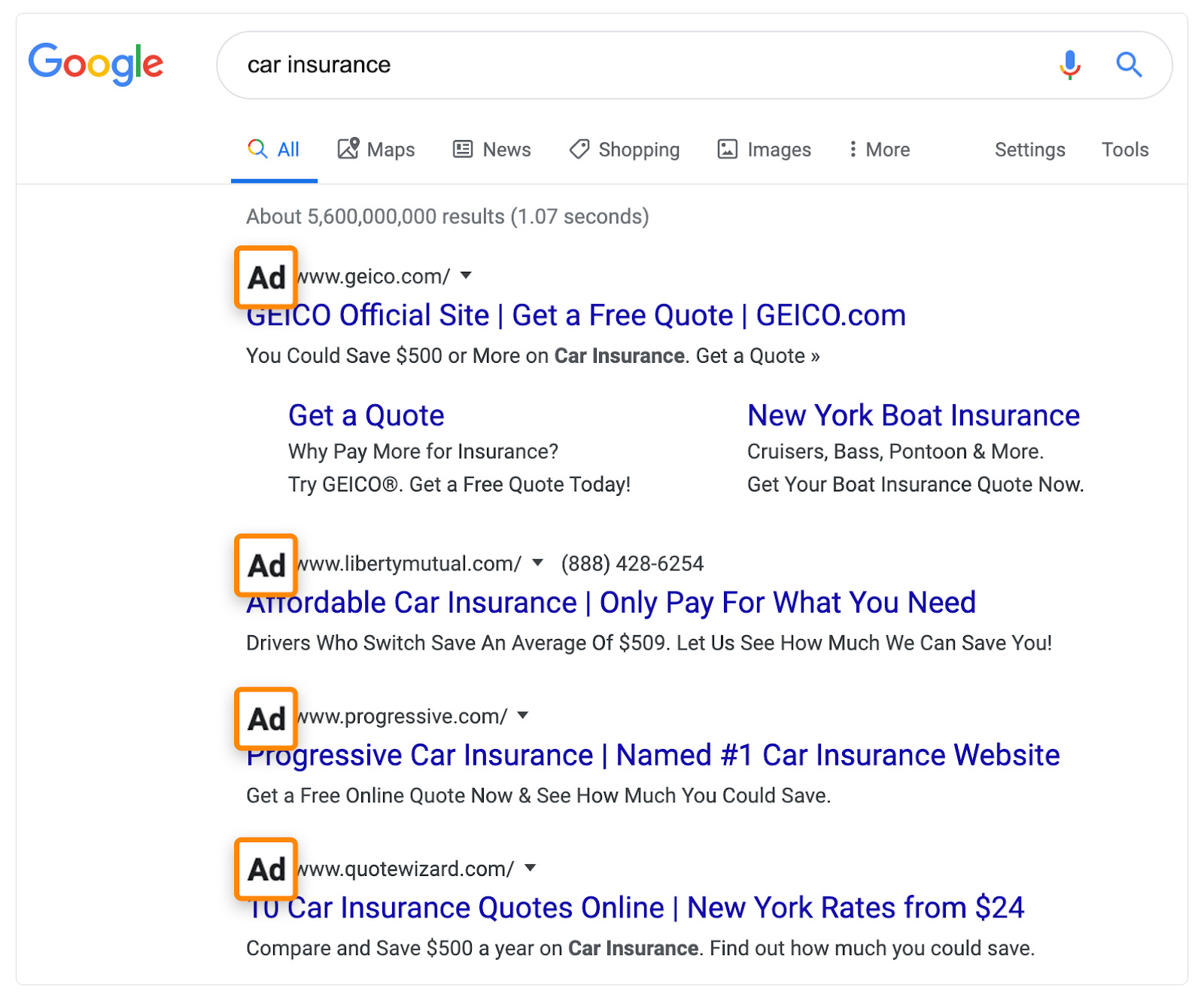
Google shows four paid ads at the top, and that leads to fewer clicks on organic results as they get pushed down the page.
How many fewer clicks?
For that keyword, almost 40% go to paid results.
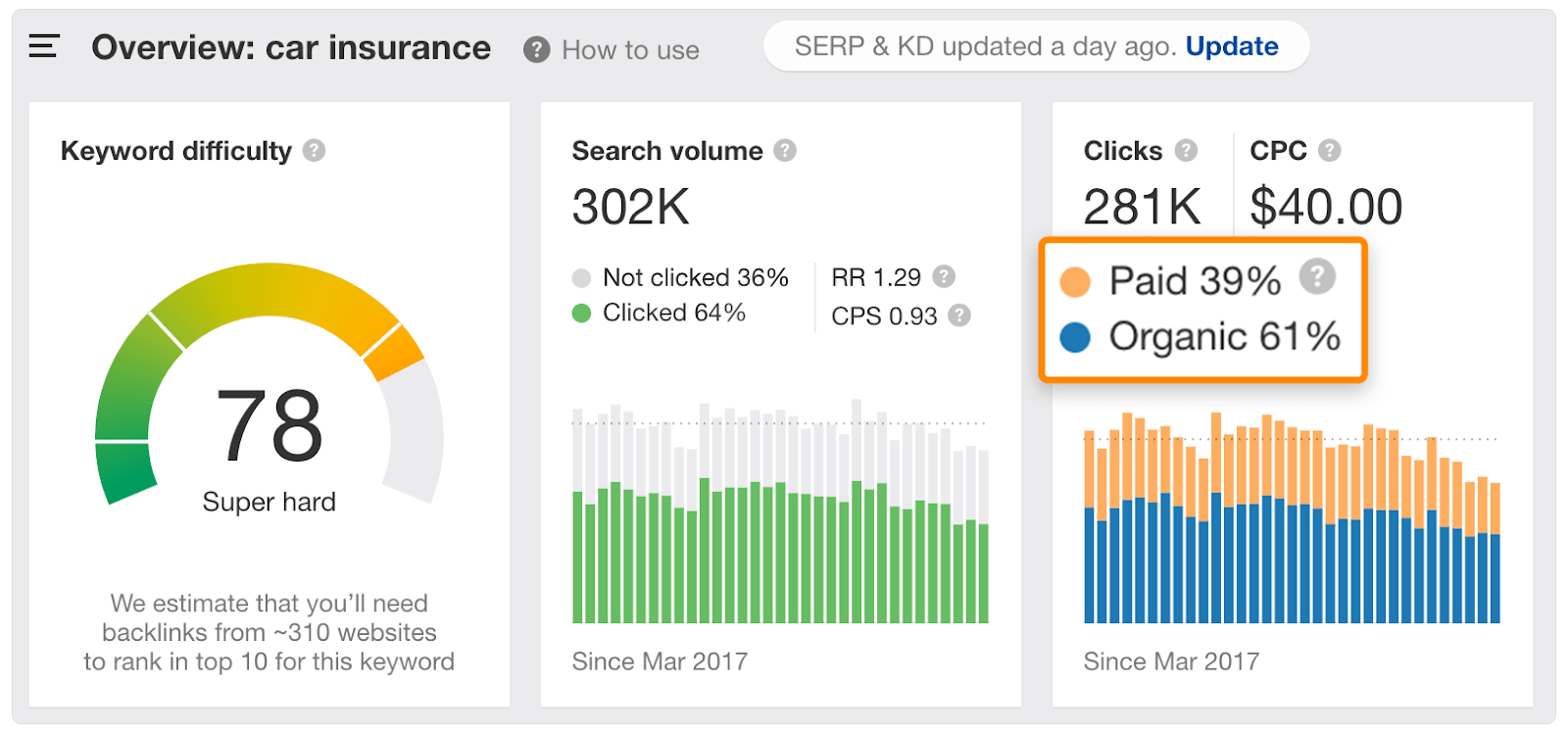
PPC, then, is a great way to get traffic from this keyword, but what about SEO?
If we look at estimated organic traffic to the current top-ranking page for this keyword, we see that it gets an estimated 64,000 monthly organic visits.

Bottom line: Invest in SEO and PPC to get maximum traffic from ad-heavy keywords.
3. Use SEO for informational keywords
Most Google searches are informational.
That means people are looking to learn, not buy.
For example, take a query “how to make a protein shake,” which gets 2,100 searches a month.

It’s unlikely that anyone searching for this is in the market for protein powder. Most are probably looking to learn how to make a tasty shake using powder they’ve already bought.
That explains why no supplement companies bid on this keyword. It doesn’t make financial sense, even with a low average CPC.

Looking at the search results, however, we see one supplements company ranking organically at the bottom of the first page.
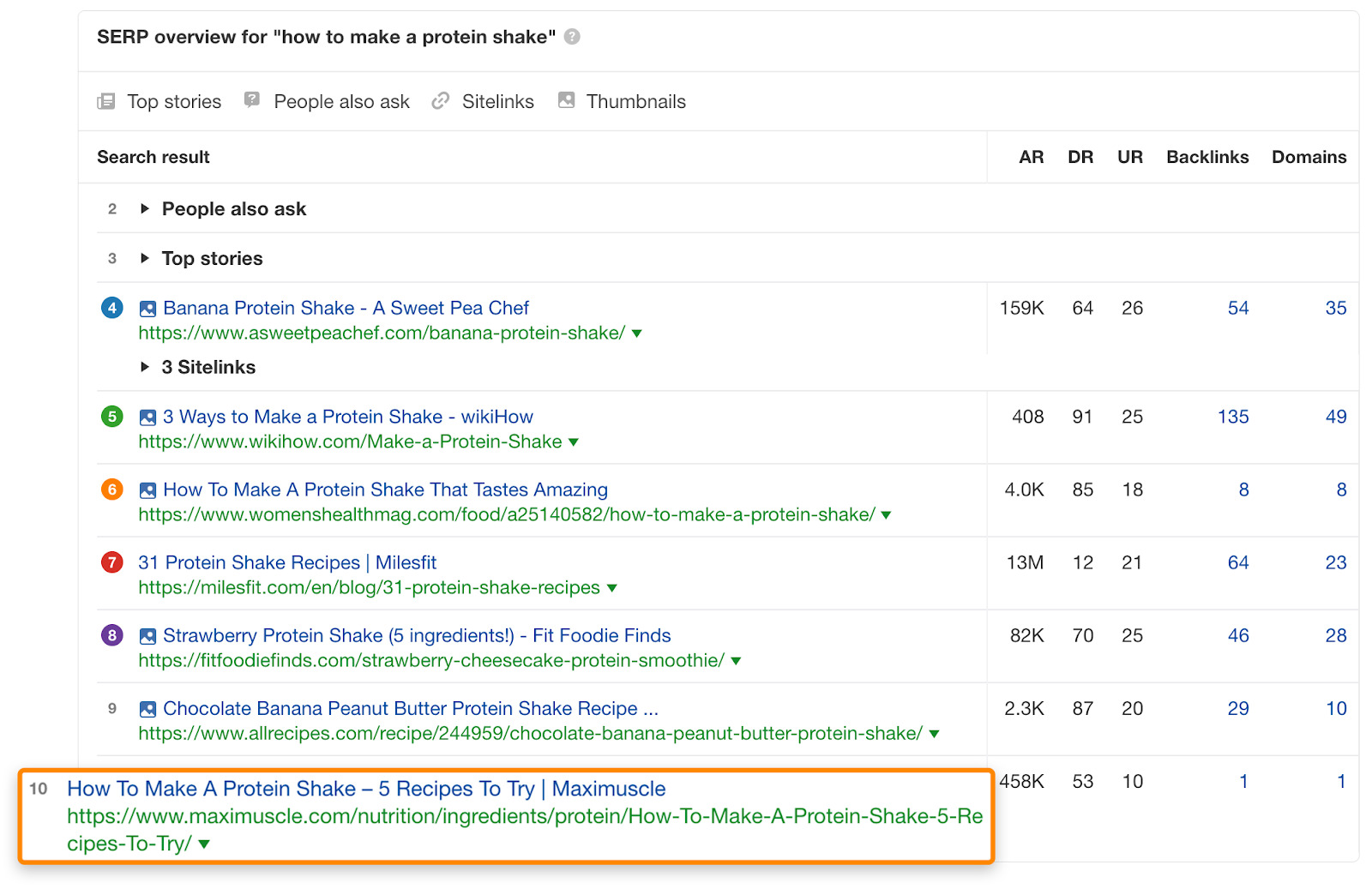
It’s clear from the title of the post that this was no accident; they’ve made an effort to rank for this keyword.
The question is, why are they willing to put effort into ranking organically, but aren’t willing to pay for traffic to that page?
The answer comes down to cost vs. reward.
The top-ranking page for that keyword gets around 9,000 monthly organic visits. The estimated PPC value of that traffic is $16,400.

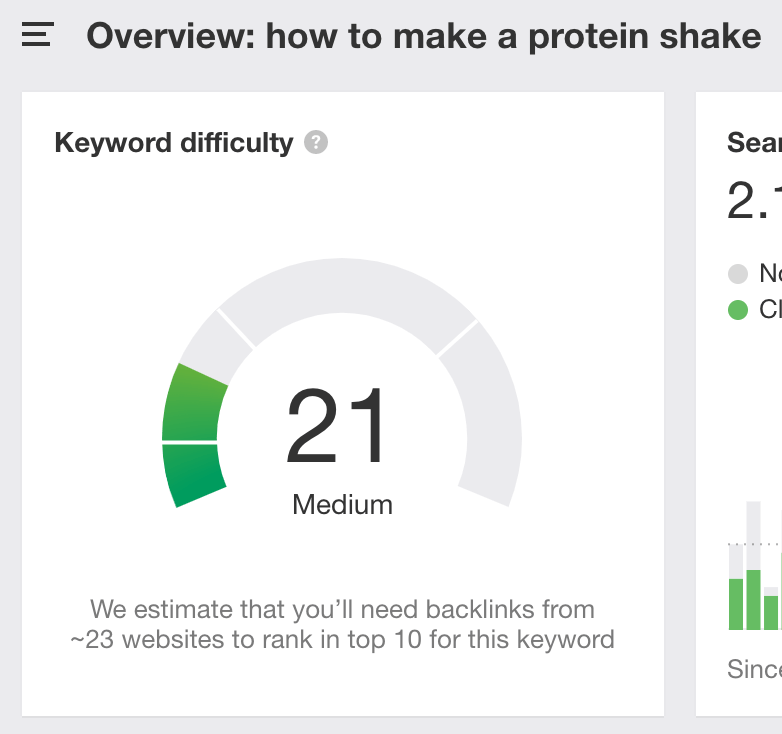
Given the low Keyword Difficulty score for this query, the dollar-equivalent of the time and effort required to rank organically would almost certainly be less in comparison.
4. Use SEO and PPC to monopolize the search results
It’s not just ads that push down the organic search results.
Google now shows SERP features like featured snippets, “People also Ask” boxes and video carousels for some queries.
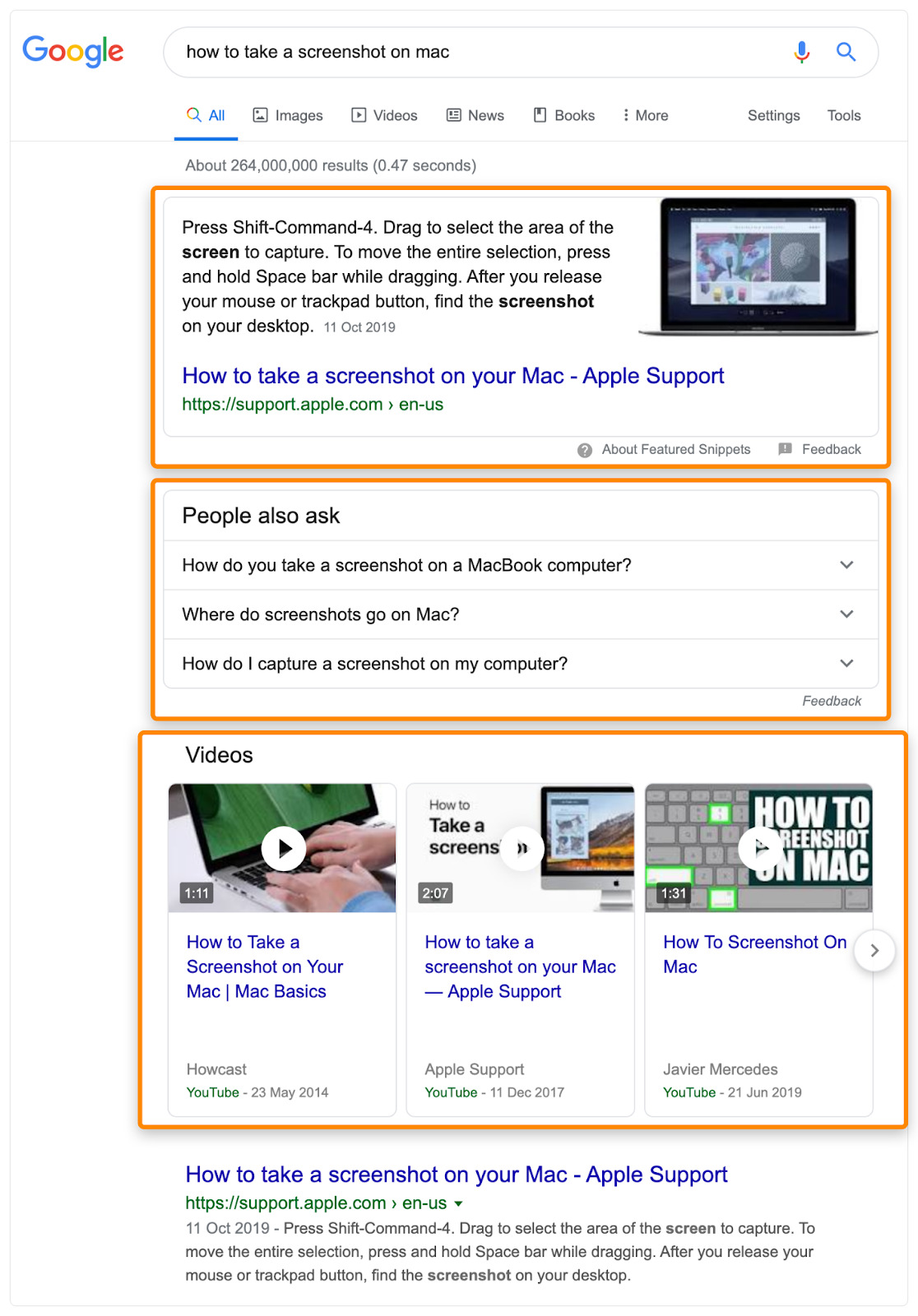
These can be annoying when your goal is to rank higher, but remember that it’s possible to appear in many SERP features.
Look at the query, “how to rank youtube videos.” We appear in the video snippet, video carousel, and near the top of the “blue link” organic rankings.
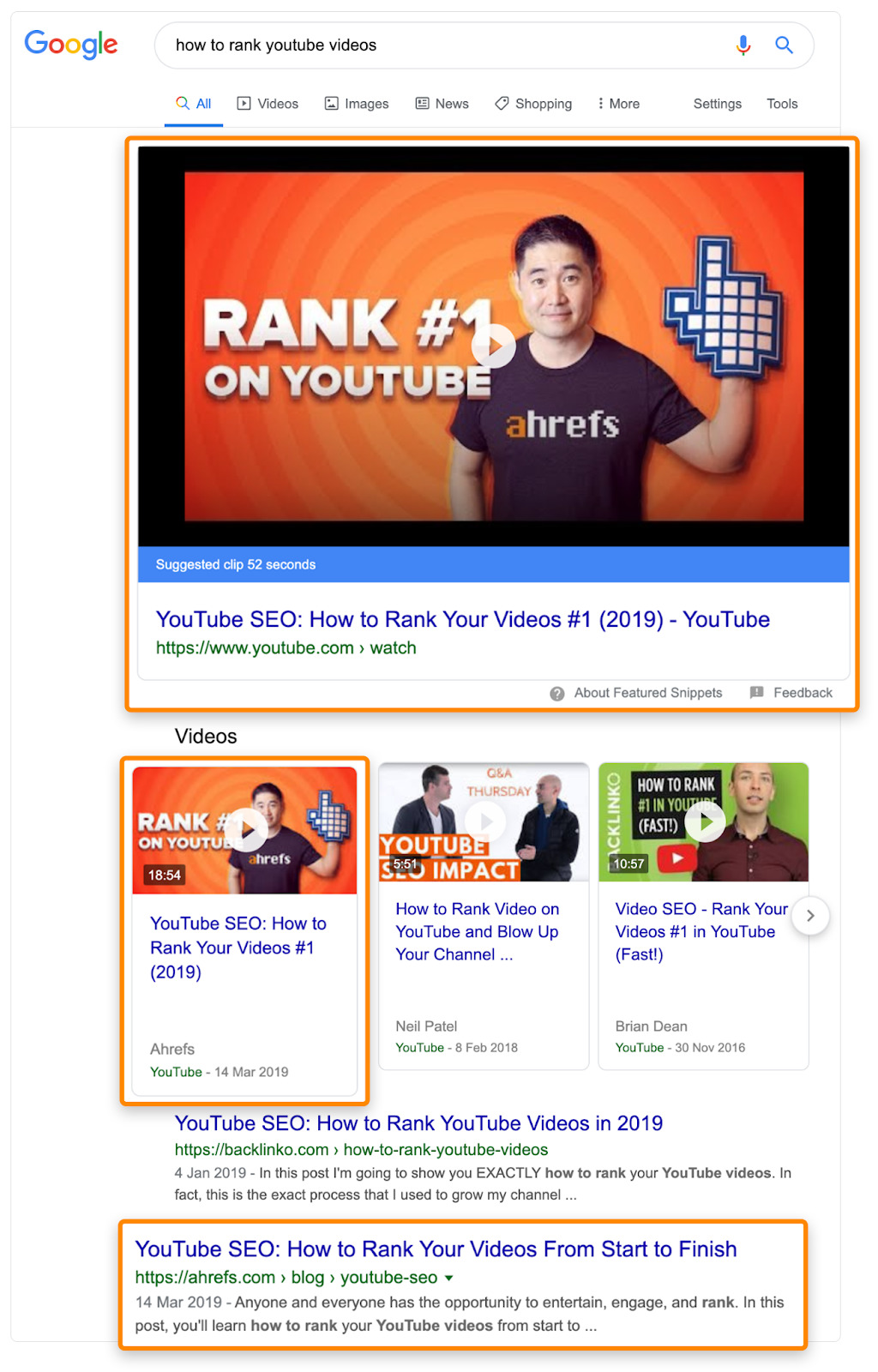
This is true of many SEO-related keywords because we’re committed to providing the best resources for learning SEO. We also optimize our videos to rank in Google.
Some brands choose to monopolize the search results even further by running ads for keywords they already rank for.
For example, one website is running ads for “how to start a blog” despite already ranking organically and owning the featured snippet.
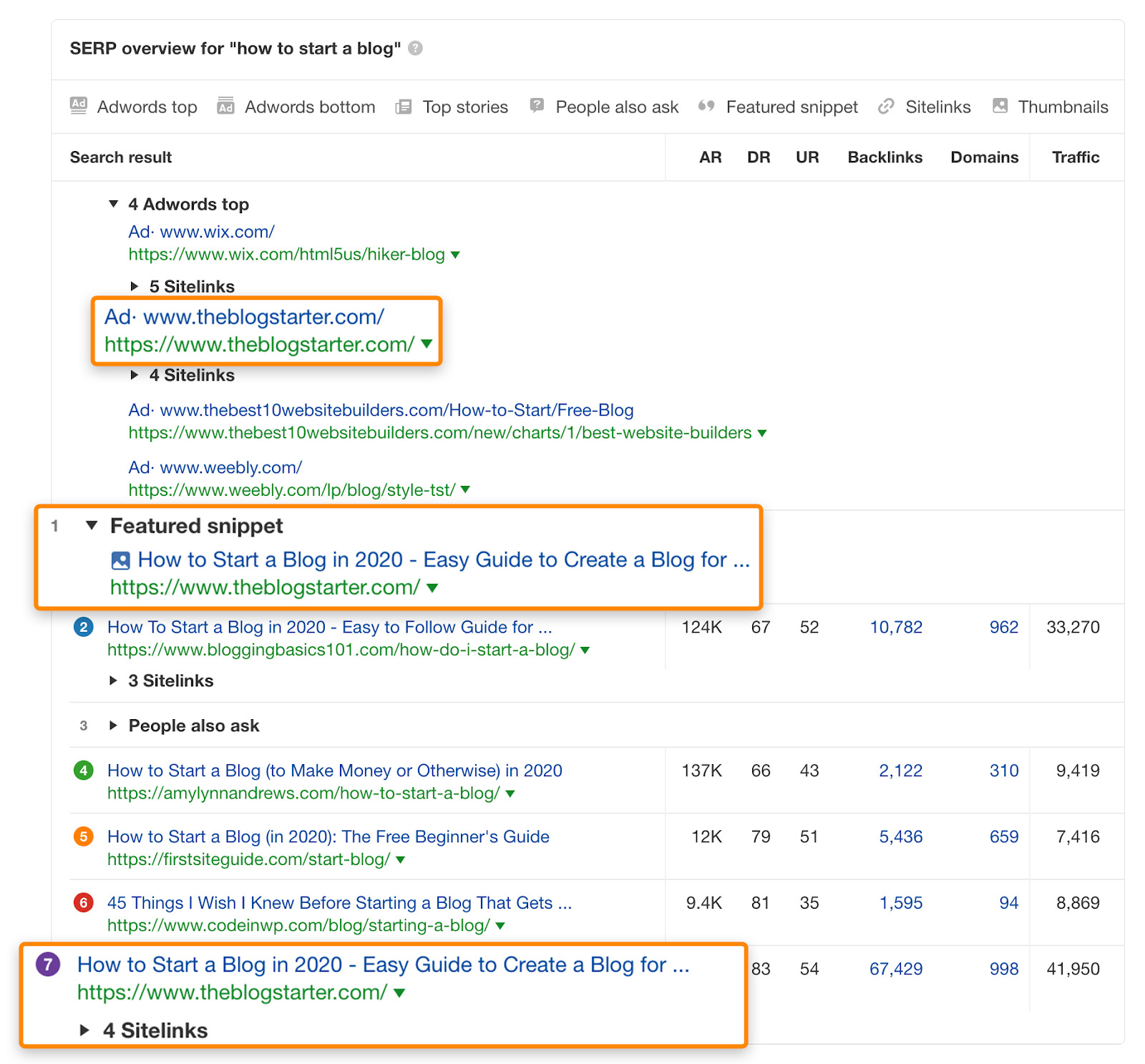
The SERP overview for “how to start a blog” in Ahrefs’ Keywords Explorer.